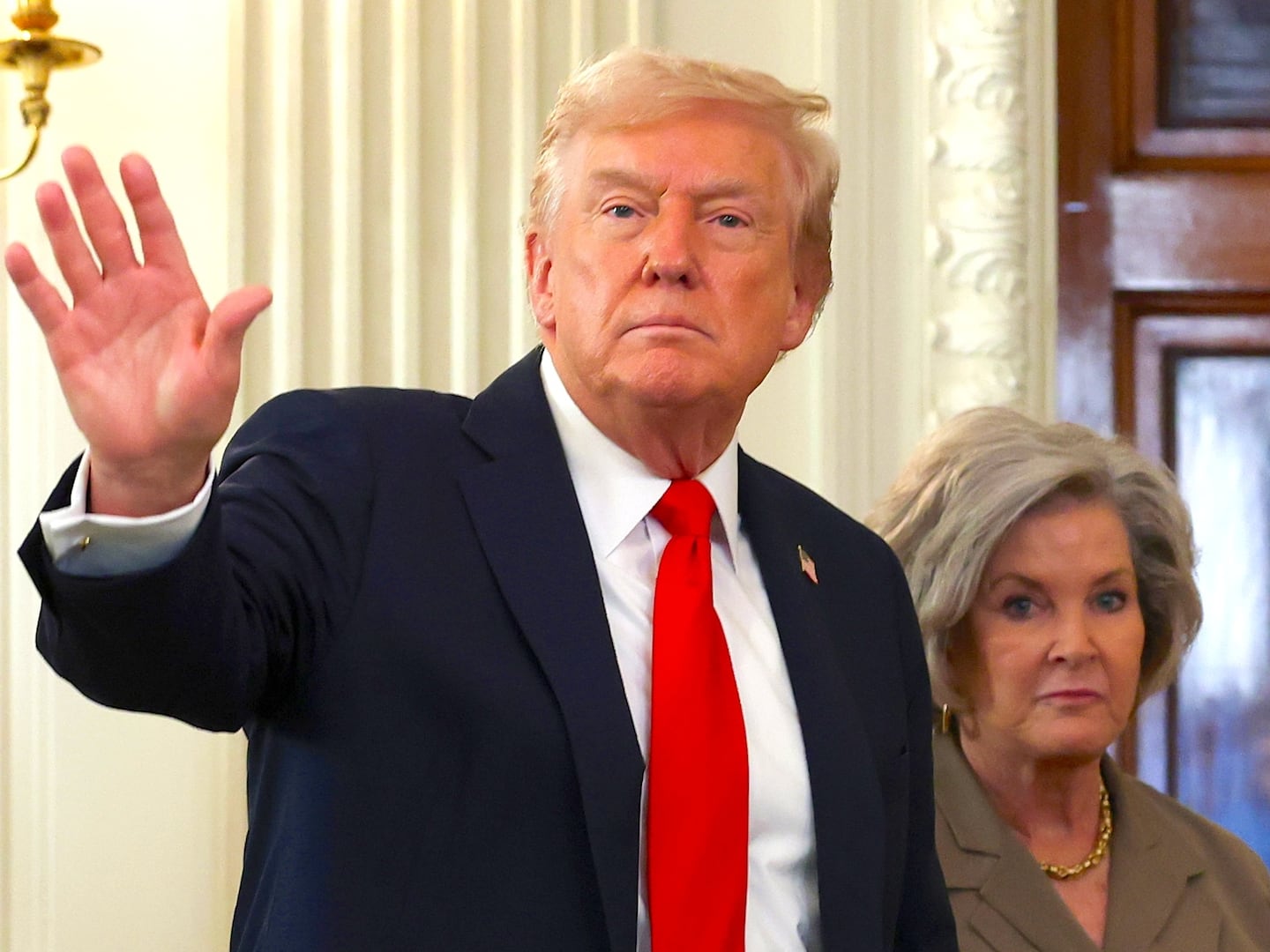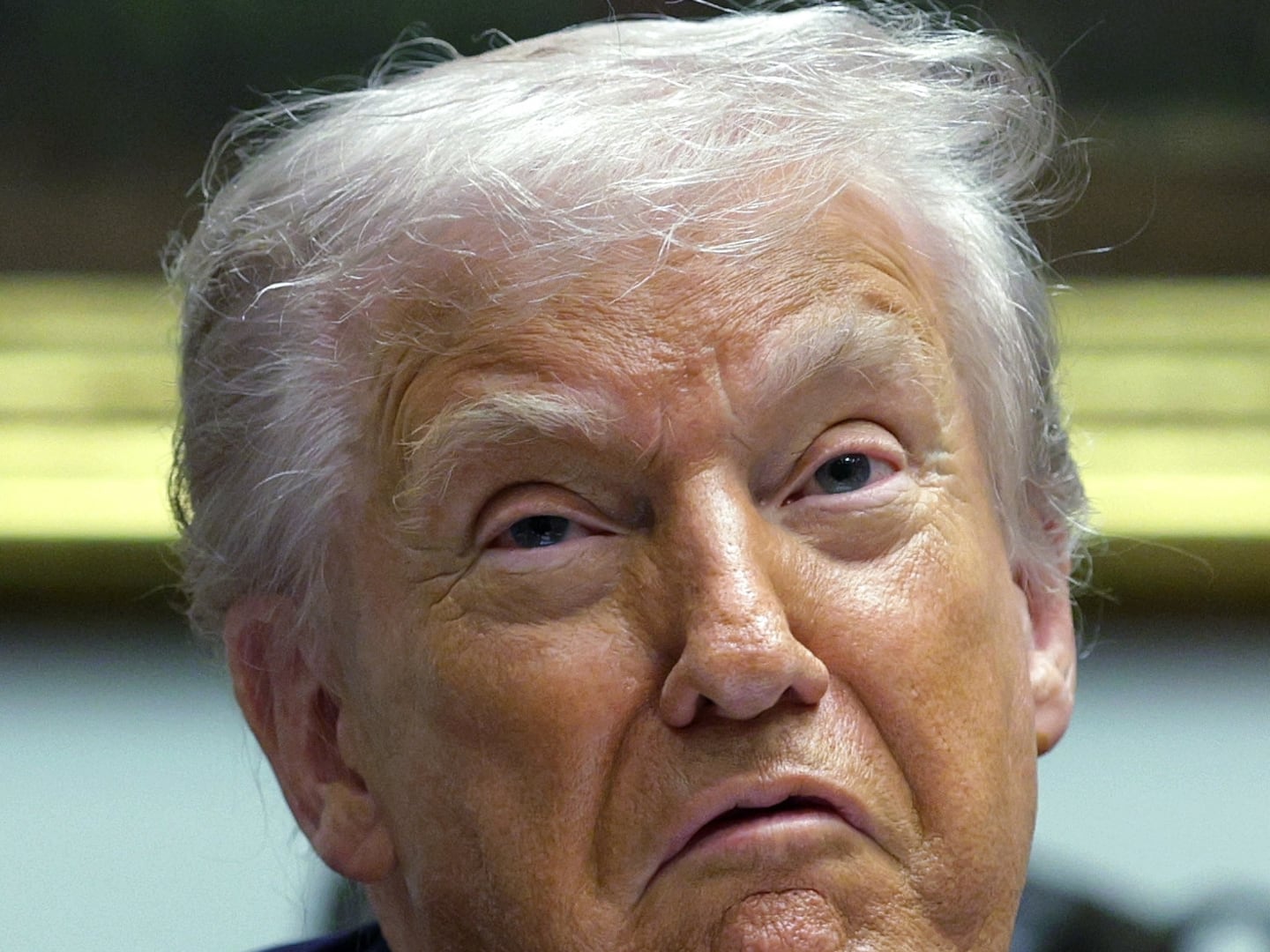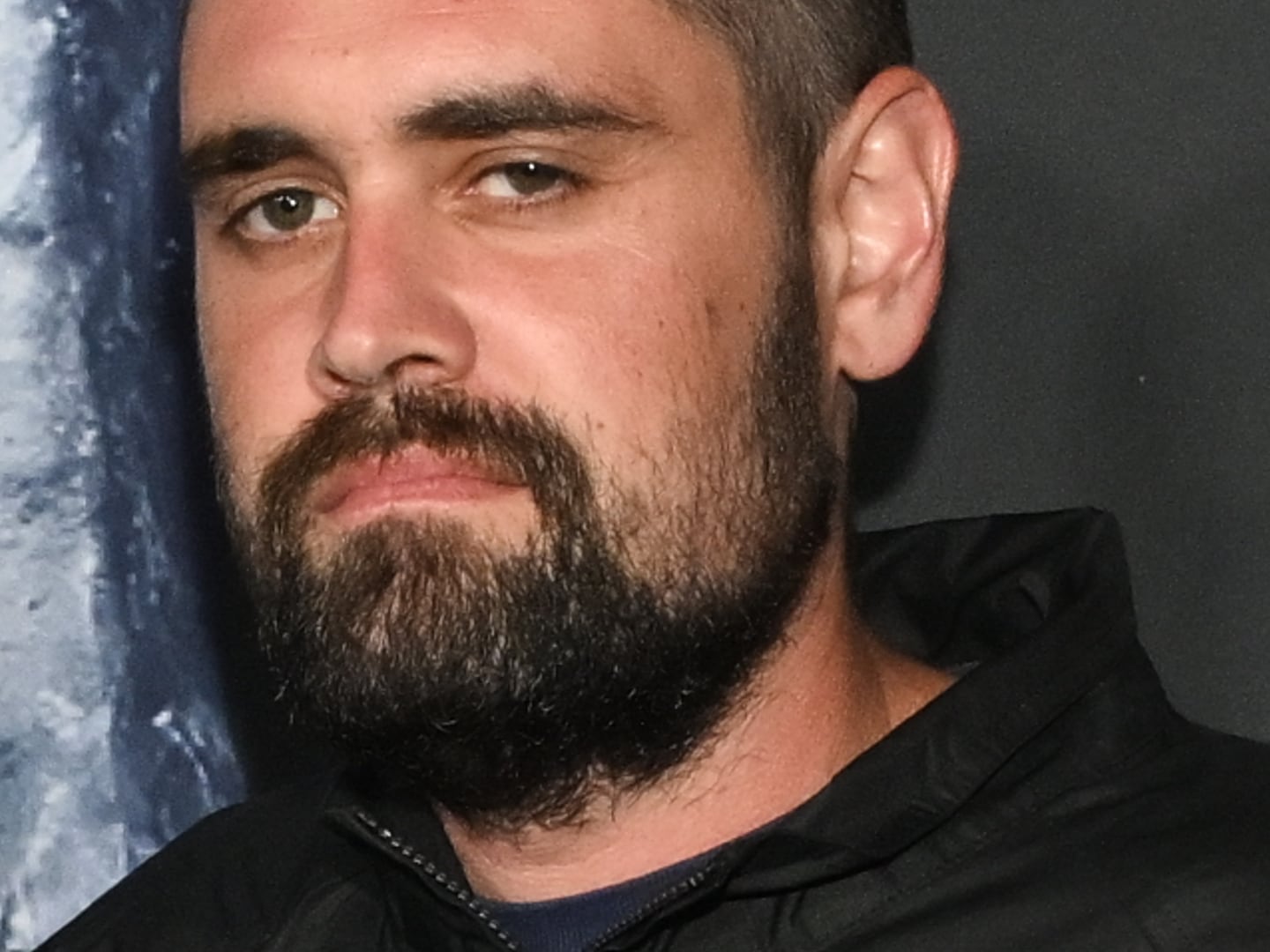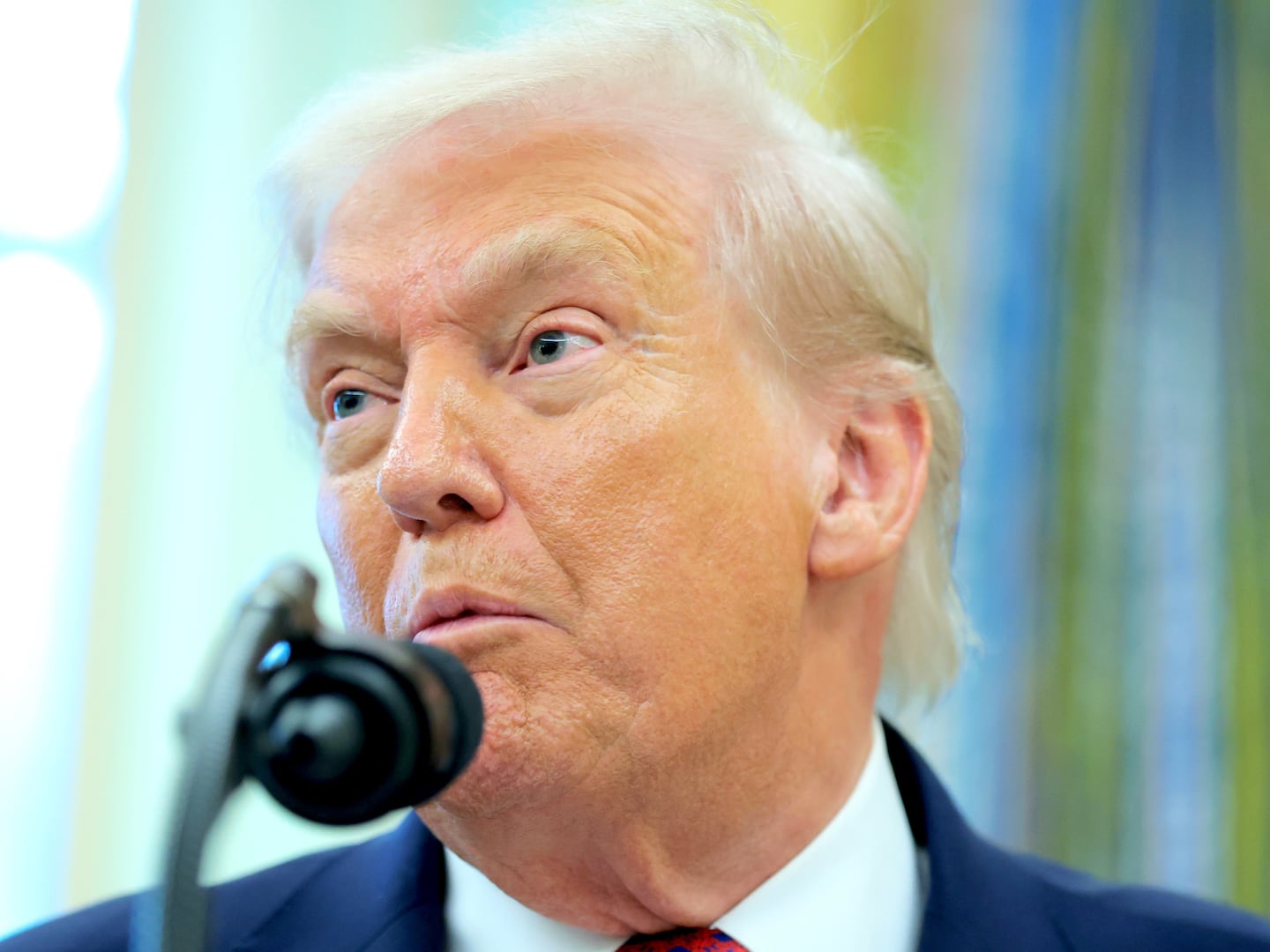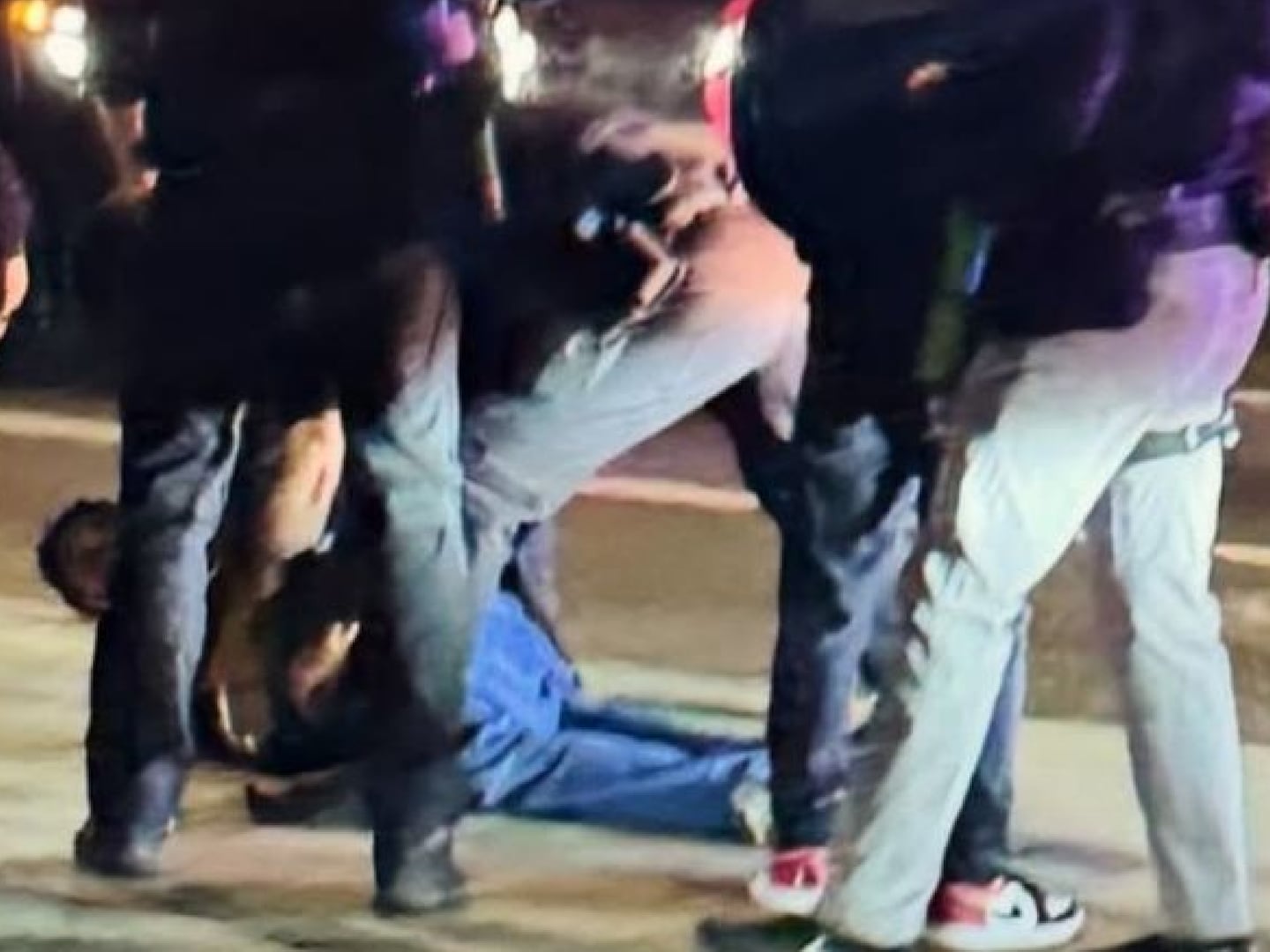by Emily Baron Cadloff
“Hey you. Let me teach you something about braids.” Tiktok user @the_land sits facing the camera, brushing his hair and calmly plaiting three strands on either side of his head. He speaks softly and confidently, while words flash on the screen highlighting parts of his speech. “When braiding our hair, we’re supposed to have good thoughts, because we’re connecting with our body, mind, and spirit. That’s what the three strands are for.”
The video, tagged with #nativetiktok and #indigenous, has been shared more than 28,000 times. It’s one of the most popular videos that comes up when you search those hashtags on Tiktok, and @the_land is one of the app’s most prominent Native American creators.
But if everyone had universal internet - and not just access to pricy data plans from their phones, or patchy connections that take forever to load, but clear, high-speed, robust internet access - we would see these TikToks (and Instagram influencers, and YouTube personalities) multiply. As it stands, American Indian reservations and tribal lands have some of the worst internet connectivity in the country. Earlier this year, some tribes weren’t even able to apply for free FCC broadband licences because, ironically, they didn’t have good internet connections, so they couldn’t submit all the application materials online.
And those tribes aren’t just tiny, or rural and isolated. The White Mountain Apache Reservation spans about 2,600 square miles, just a few hours from Phoenix. More than 16,000 people are members, with the majority living on the reservation. About half of those people don’t have reliable internet access, estimates David Fish, the WMAT IT director.
“If you're willing to pay enough, you can get decent speeds. We have pretty good internet service for the tribal offices, but we pay almost $3,000 a month for it,” Fish said. Residents can get a DSL line for about $75 a month, but Fish says the connection is often patchy and slow. “If there's any kind of clouds or other weather, it really slows down the speeds or just knocks it out.”
That means thousands of members of the WMAT are effectively cut off from the online world, and their ability to participate in the larger culture is impeded. It’s pretty hard to contribute to the discussion about the latest Netflix binge if you can’t even access the service. But importantly, it also means others outside of the reservations are cut off from them. Tiktok users scrolling through their ForYou page aren’t going to see many videos showcasing WMAT regalia. Twitch streamers will have a harder time finding Native gamers to follow. Native artists aren’t easily able to showcase their beadwork, or their basketry, or their clothing on Instagram if the live video function cuts in and out.
For Dr. Lara Evans, a faculty member at the Institute of American Indian Arts, and the interim director of its research center, connecting with art and culture online serves two main purposes. It allows artists to build their communities, but it also acts as a teaching tool, like the Tiktok from @the_land. The more examples of Indigenous art, culture, history, or fashion that are shared, the easier it is to fight against cultural appropriation.
“Just because I'm Cherokee, doesn't mean that I have the right to special knowledge from someone else's tribe’s artistic practice,” Evans explained. “When we work with our students, we’re very explicit about what things (require) permission, and what are the kinds of knowledge and practices that are shareable for a wider community.”
Sharing within a larger community is tough when app algorithms are often designed to reinforce what the user already knows. “I go on LinkedIn, or Facebook, they show me tons of stuff by Native people. But I'm sure if someone doesn't regularly look for Native content, they're not going to see what I see,” said Evans. That’s an issue that might be helped by more artists and creators online, as right now Evans says Native American contributors are often rendered “statistically invisible” when it comes to high-traffic sites and social platforms.
That’s one of the reasons Patricia Christensen started making her Instagram and Tiktok videos. “I was just tired of seeing all the misrepresentation,” Christensen said, so she started making videos that highlight what life was like for her growing up in Montana as a member of the Confederated Salish and Kootenai Tribes. In her videos, she talks about common Salish slang terms, shares recipes for things like fry bread, and educates her followers on the number of missing and murdered indigenous women.
“I hope they learned something,” Christensen says of people who share her videos. While someone watching might not understand why something like a headdress is important to different tribes, “it’s really one of the most sacred things in our cultures. And so seeing people parade around in them is just horrible. But I just want people to understand things are sacred to us, and I guess just understand where we're coming from. And be respectful and mindful of our culture once they're educated.”
Universal internet would allow creators like Christensen to share even more of their art and culture, which would make the country a richer, more inclusive place. Think of the experiences we could share, the places we could virtually visit, if more people were able to log on. Evans says Native Americans would have a chance to both produce and participate in “armchair tourism”, bringing the virtual world into the natural environments of more rural reservations.
“If all reservations had the internet, suddenly, there would be a lot of Native people with Twitch channels,” said Evans, imagining a cooking stream, a language school, or a channel where Native Americans could show viewers the process of brain-tanning hides. It could be both cultural appreciation and cultural preservation.
At the end of @the_land’s video, he stands facing a mirror, two long braids falling past his shoulders. “If you’re watching this video, like it and show your support to boys with braids,” he says. Over 1.5 million people followed through, showing that there is an audience for this content. With universal internet, they’d have a lot more to tune in for.


